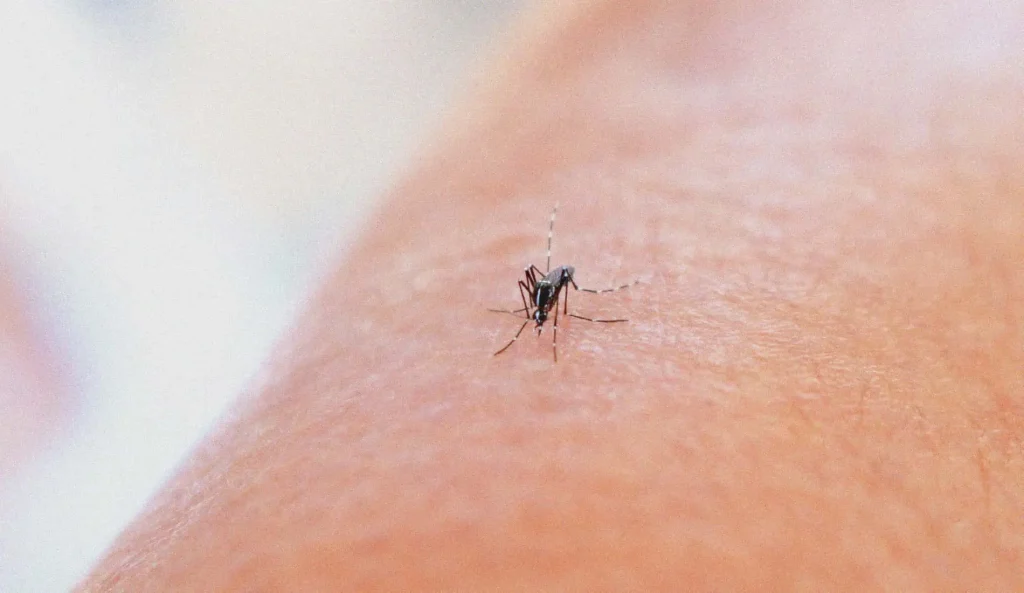Chikungunya Virus Outbreak in Guangdong Province Raises Global Concerns
The outbreak of the chikungunya virus in Guangdong Province, China, is sparking widespread concern. This is attributed not only to the virus’s rapid spread but also to the health and logistical challenges it presents.
Since June 2025, Chinese health authorities have reported over 7,000 confirmed cases, primarily in the industrial city of Foshan, which has a population of approximately 7.8 million. In just one week, around 2,800 new infections were documented, marking the largest outbreak of its kind in China’s history.
The rapid transmission is linked to seasonal flooding in the region, which has created ideal conditions for the breeding of the mosquito vectors. Additionally, climate change impacts have widened the habitat of these insects.
The Virus
First identified in Tanzania in 1952, the chikungunya virus is transmitted by the bites of Aedes aegypti and Aedes albopictus mosquitoes, the same species responsible for dengue fever and Zika virus. Symptoms typically manifest 3-7 days after a bite and include sudden fever, severe joint pain that can last for months, rash, headache, and muscle pain.
While fatalities are rare, chikungunya can lead to serious complications, particularly in newborns, the elderly, and individuals with chronic health conditions such as diabetes or heart disease. There is no specific antiviral treatment; management focuses on alleviating symptoms through rest, hydration, and medications like acetaminophen.
Response from Chinese Authorities
China is implementing measures to control the virus, including aerial pesticide spraying in streets and residential areas, as well as introducing fish that consume mosquito larvae in water bodies. Drones are being utilized to locate stagnant water, a primary breeding ground for mosquitoes. Infected individuals are required to remain in hospitals under medical supervision for at least a week, with protective nets placed over beds to prevent transmission, and they are only allowed to leave upon receiving a negative test result.
COVID-19 Measures Reinstated
Authorities have reintroduced some measures utilized during the COVID-19 pandemic, such as mass testing and increasing isolation beds, prompting memories of that time among residents. Public awareness campaigns have been launched to educate the population on eliminating standing water, using insect repellent, and wearing long clothing. Penalties are threatened for those who leave stagnant water in their surroundings.
Globally, the U.S. Centers for Disease Control and Prevention (CDC) issued a level two health notice on August 1, 2025, advising travelers to China to take heightened precautions. Recommendations include using EPA-registered insect repellent, wearing long-sleeved clothing, and staying in air-conditioned or screened accommodations.
Despite reporting approximately 240,000 cases globally in 2025, with outbreaks in countries like Bolivia, Kenya, Madagascar, and Sri Lanka, there is no evidence that chikungunya poses an imminent global health emergency. In the U.S., no locally acquired cases have been recorded since 2019, and instances in Europe are often linked to travel. The World Health Organization warns of a potential repeat of the 2004-2005 outbreak, which affected half a million individuals, but emphasizes the importance of enhancing prevention rather than inciting panic.
















